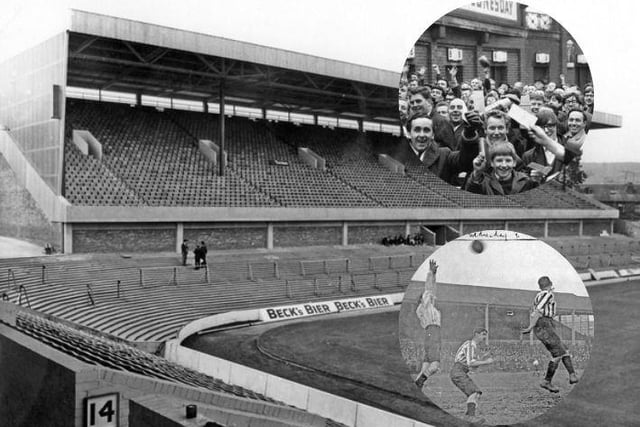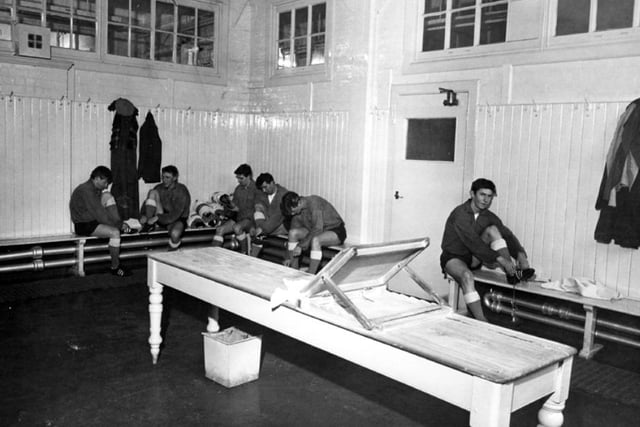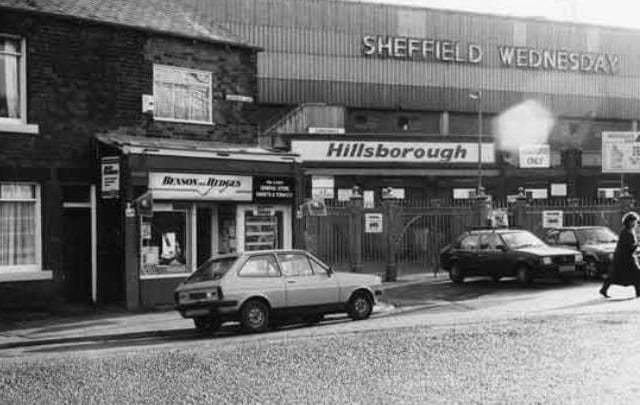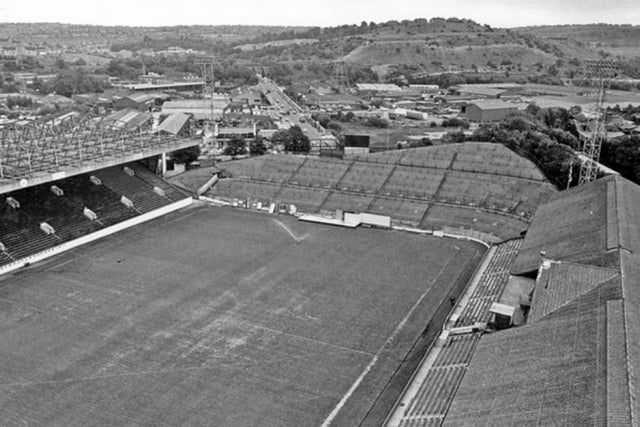Sheffield Wednesday’s battling 2-2 draw at home to high-flying Norwich City was a momentous occasion in the club’s proud history.
It was the Owls’ 5,000th league match, with the vast majority of those games having been played at Hillsborough Stadium.
It has been Sheffield Wednesday’s home since 1899, just seven years after they joined the Football League in 1892, and the ground has undergone some huge changes in that time.
These photos take you back in time through the stadium’s history, from the late 1990s to the early 1900s, showing how it has evolved over the years.
The ground actually began life as Owlerton Stadium, before being renamed in 1914. It hosted games during the 1966 World Cup and Euro 96, and was also tragically the scene of the Hillsborough disaster in 1989, which resulted in the deaths of 97 Liverpool fans.
The official capacity today is 34,835, which is less than half the record attendance of 72,841 on February 17, 1934, for an FA Cup 5th-round game against Manchester City.
Other key dates in the club’s history include 1912, when it hosted its first FA Cup semi-final, a replay between West Brom and Blackburn; 1914, when the Spion Kop was built; 1920, when it hosted its first international match, between England and Scotland; 1961-65, when the Leppings Lane stand was built; 1986, when a roof was installed on the Kop; 2007, when the ground was flooded as the River Don bursts its banks; and 2015, when the scoreboard was replaced with a big screen.

1. Untitled design (44).jpg
Sheffield Wednesday's Hillsborough Stadium has changed hugely over the years Photo: Picture Sheffield

2. New treatment room 1966
The new treatment room at Sheffield Wednesday's Hillsborough Stadium in 1966 Photo: Picture Sheffield

3. Leppings Lane 1998
Leppings Lane showing (left) Phil and Sue's general store and (centre) the entrance to Sheffield Wednesday's Hillsborough Stadium Photo: Picture Sheffield

4. Aerial view 1977
Sheffield Wednesday's Hillsborough Stadium in 1977 Photo: Picture Sheffield